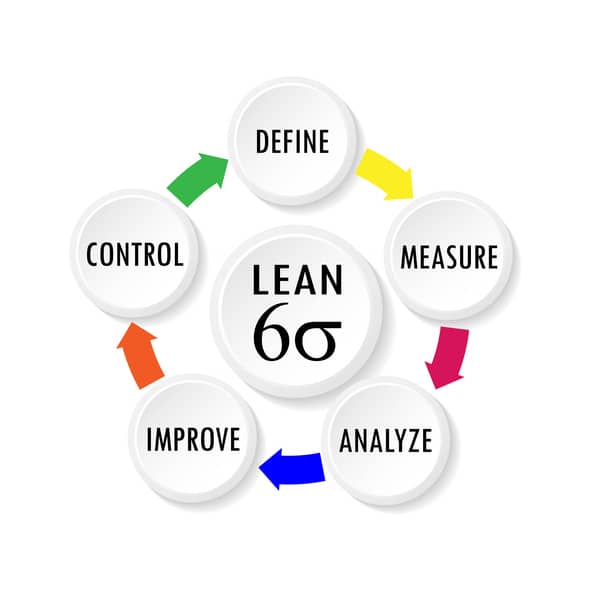Six Sigma is concerned with more than fact-based, data-driven statistical analysis. The methodology relies on people for its success just as much as it depends on problem solving tools or quality improvement principles.
Six Sigma’s focus on people is exemplified by its belt system. This system, like the belt system in the martial arts, ranks Six Sigma practitioners based on training, expertise and their degree of experience with Six Sigma methodology. Six Sigma encourages professionals to advance their belt ranking by acquiring additional training and experience. The typical order is White Belt, Yellow Belt, Green Belt, Black Belt and ultimately Master Black Belt.
 Do You Have What It Takes?
Do You Have What It Takes?
Six Sigma practitioners who rise through the belt rankings usually top out at the level of Green Belt. Employees who reach Green Belt status are typically part-time Six Sigma practitioners who must decide if they want to make the commitment to become a Black Belt and practice Six Sigma full time.
Aspiring Black Belts must decide if they have the character, skills, qualities and attributes to perform well in this role, leading Six Sigma projects, teaching and mentoring others.
What Makes a Good Black Belt?
Attaining black belt status requires more than just passing an exam. There are critical attributes that Black Belts must have to succeed. They must be qualified to play several roles, including but not limited to the following:
Change Agent – Black Belts have a track record of leading change even when it’s not part of their job description. Ideal candidates will have a history of challenging the “powers that be” to implement change. Change agents can cope with the uncertainty they inject into a process, and they can deal with employees who are upset by the change they introduce. These candidates also know how to obtain support for the changes they advocate.
Leader – Black Belts must have leadership qualities and teamwork skills that help the team advance and achieve their goals and objectives. Candidates who understand team dynamics are more likely to get the most from their project teams. Strong interpersonal skills help to influence and motivate team members and keep the team productive.
Communicator – Black Belts are at the center of the Six Sigma improvement process and are frequently required to communicate up and down the organizational hierarchy. Black Belts must be able to speak equally well to C-level executives and front-line workers. Strong communication skills help them act as trainers, coaches and mentors for their project teams.
Business Strategist – Strong Black Belt candidates pair in-depth understanding of quality improvement with a knowledge of how Six Sigma projects impact business operations. The ability to explain how Six Sigma initiatives create a competitive advantage and improve financial performance is vital for aspiring Black Belts.
Passionate Advocate – Black Belts with a passion for Six Sigma are far more effective at motivating their teams when encountering resistance or after hitting a plateau. Black Belts capable of injecting their passion for Six Sigma into the teams they lead will typically get much better results.
Training alone does not make a successful Six Sigma Black Belt. Candidates must also possess the leadership, communication and interpersonal skills to thrive in a process improvement environment.



